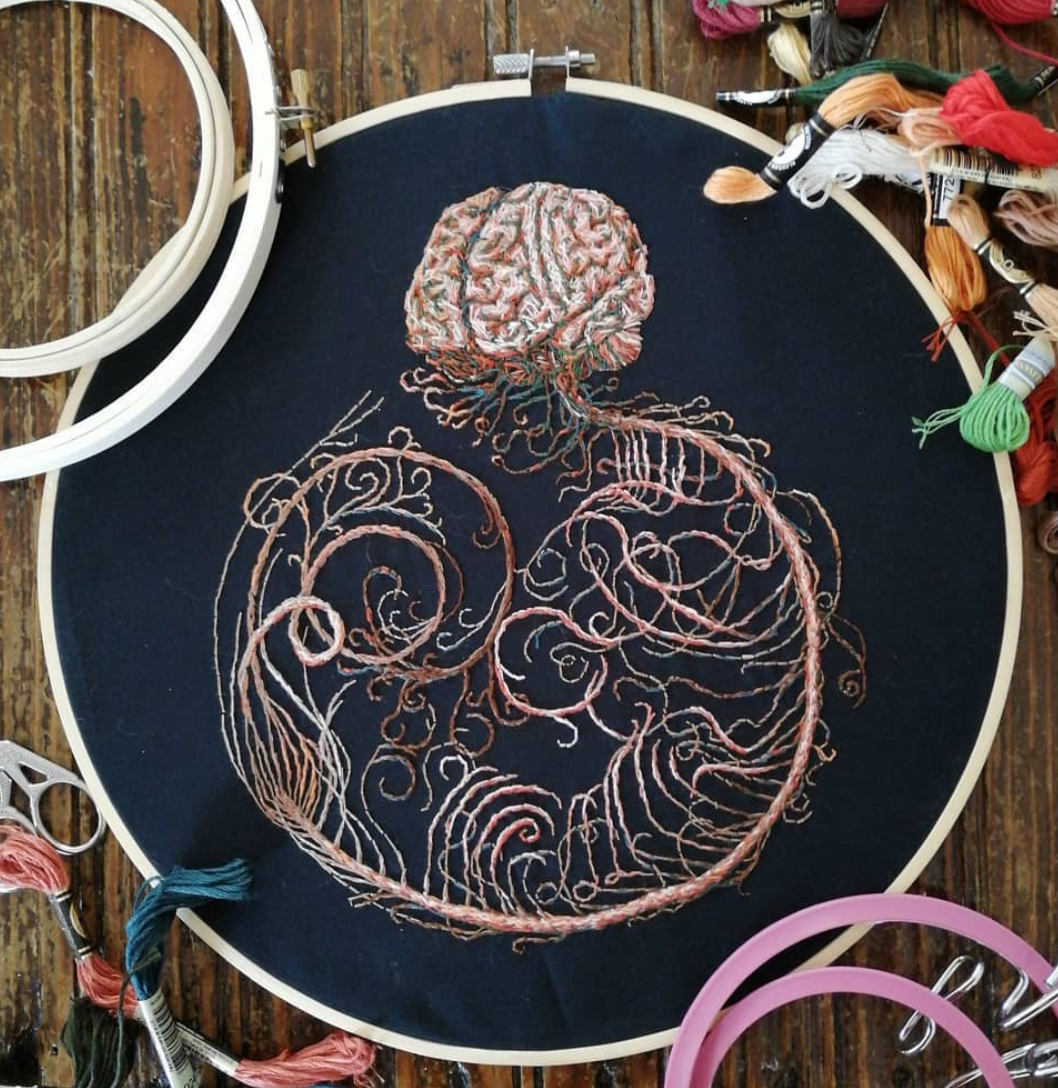We perceive the world through our sensory systems, and our brain is great at making sense of this information. Much of our spinal cord and brainstem is to relay sensory information up to the brain and then sending motor information back down for a response. For example, while noise is just changes in air compressions, hair cells in our ear are great at turning the changes in air density to cellular signals (they’re not actually hair, but the individual cells look like they have a small hairs protruding out). These signals get relayed to the brain where you can then make sense of your favorite song and motor information is dispersed back throughout the body so you can dance. Yet sometimes, the brain fails to make sense of the sensory information.
People with visual agnosia have everything intact to technically see, but can’t actually perceive anything. In other words, they will say that they are blind, but will walk around the seemingly unseen obstacles. Therefore, while the information is reaching the brain to react appropriately, they are unable to access it consciously. Anyway, there are several types of agnosia, but one that I find absolutely fascinating is unilateral (hemispatial) neglect.
Unilateral neglect happens when someone stops perceiving anything related to their left or right space. In Alan Burgess’s case, he doesn’t perceive anything on his left [1]. Oliver Sacks also describes a lady, Mrs S., with the same condition [2]. What makes this condition really interesting is that they don’t seem to feel like there is a deficit despite completely losing their concept of a left side. For example, Mrs S. would complain about her small meal portions (because she would only eat half). She eventually learnt to turn right (because she can’t turn left) until she found what she was looking for. Alan is said to have developed a similar strategy of turning right until he can perceive what was initially on his left when something is missing.
Another form of agnosia is prosopagnosia – the inability to recognize faces. Apparently, people with prosopagnosia are through to rely on the other’s demeanor and even their own emotional reactions to identify people. Interestingly, some think that Capgras Syndrome (a belief that their loved one is someone else in disguise) is thought to be the opposite of prosopagnosia; instead of relying on their emotions to recognize someone, the emotional processing is lacking so that the face is recognized, but the feeling of familiarity gone [3].
[1] Hoffman, T. The man whose brain ignores one half of his world. The Guardian, 23 Nov. 2012, https://www.theguardian.com/science/blog/2012/nov/23/man-brain-ignores-half-world Accessed 30 March. 2020.
[2] Sacks, O. (1998). The man who mistook his wife for a hat: And other clinical tales. New York, NY: Simon & Schuster.
[3] Eric R. Kandel, et al. eds. Principles of Neural Science, Fifth Edition New York, NY: McGraw-Hill;



Originally posted on Instagram March 30, 2020

No Responses